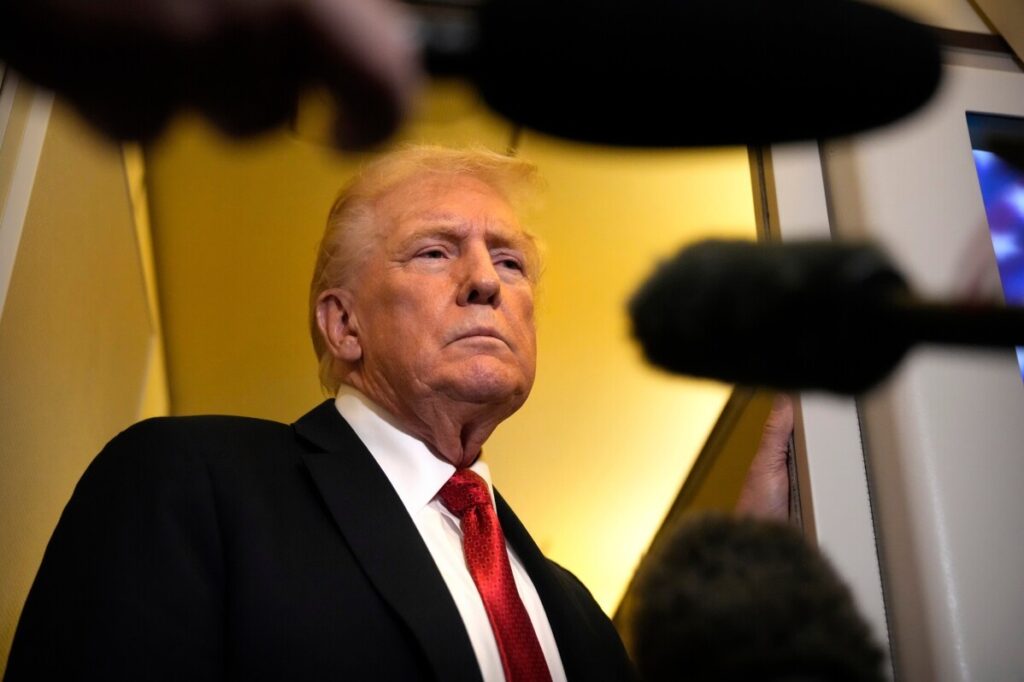Trump’s Asia Trip: Will America’s Interests Finally Take Center Stage or Get Lost in Bureaucratic Fog?
As President Trump embarks on a critical Asia tour, the stakes couldn’t be higher for safeguarding American industries and asserting national sovereignty amid global trade tensions and diplomatic uncertainty.

President Donald Trump is setting out on a pivotal journey to Asia this week, a trip cloaked in uncertainty but laden with potential consequences for America’s economic future and security interests. At a time when the global economy teeters on the edge amid escalating trade conflicts and fragile alliances, this trip is not just about diplomacy—it’s about defending American prosperity and sovereignty.
Is Washington Ready to Stand Firm, or Will America’s Interests Bend Under Global Pressure?
Trump’s approach has been a blend of bold tariff impositions and last-minute negotiations, seeking to reset unfair trade dynamics that have long disadvantaged American workers and industries. Yet, as he prepares to meet Chinese leader Xi Jinping—an encounter critical to easing trade tensions—questions swirl about whether this administration can deliver results that truly benefit the American people. Will the White House push back effectively against Beijing’s manipulative practices, such as restricting rare earth mineral exports essential for U.S. tech manufacturing, or will it once again hesitate under pressure?
The stakes extend beyond economics. China’s flow of fentanyl precursors into the United States is a national security crisis, and Trump has rightly insisted on addressing this issue as part of trade discussions. However, the opacity surrounding this trip’s itinerary and the downsized foreign policy team raise concerns about the administration’s readiness. How can Washington negotiate from a position of strength without a robust, experienced diplomatic apparatus?
What Does America Gain From This Trip, and Who Pays the Price?
The president’s itinerary includes stops in Malaysia, Japan, and South Korea—key regional players with whom America must solidify relationships to counterbalance China’s growing influence. Malaysia’s ASEAN summit offers a chance to promote peace and stability in a region often overshadowed by conflict. Trump’s hardline stance has already nudged Thailand and Cambodia toward easing border tensions, underscoring how leverage in trade can yield diplomatic dividends aligned with American interests.
Japan and South Korea stand at crossroads, both politically and economically. Japan’s anticipated leadership under Sanae Takaichi—a close ally of Trump’s friend Shinzo Abe—could revitalize the U.S.-Japan partnership, promising billions in investments for American projects. Meanwhile, South Korea’s ongoing negotiations remain fraught, with demands for massive investments on the American side facing resistance. The question is: will American taxpayers foot the bill while gaining little, or will these talks yield fair, reciprocal agreements that protect our industries?
Critics argue Trump lacks a clear Asia strategy, but his readiness to confront China’s unfair trade tactics is a refreshing departure from globalist appeasement. The threat of tariffs, though risky, signals that America will no longer be the world’s ATM. Yet the risk remains that a miscalculation could tip the fragile balance, harming U.S. exporters already battered by previous tariff escalations.
Ultimately, Trump’s Asia trip must be judged by outcomes that preserve American freedom, bolster economic liberty, and assert national sovereignty in a region rife with globalist ambitions. The world’s largest economy deserves a leader who puts America’s future first—not one who drifts between deals that lack transparency and clear benefit.
How long will Washington gamble America’s economic strength on uncertain diplomacy? The time to demand clarity, toughness, and transparency is now.
